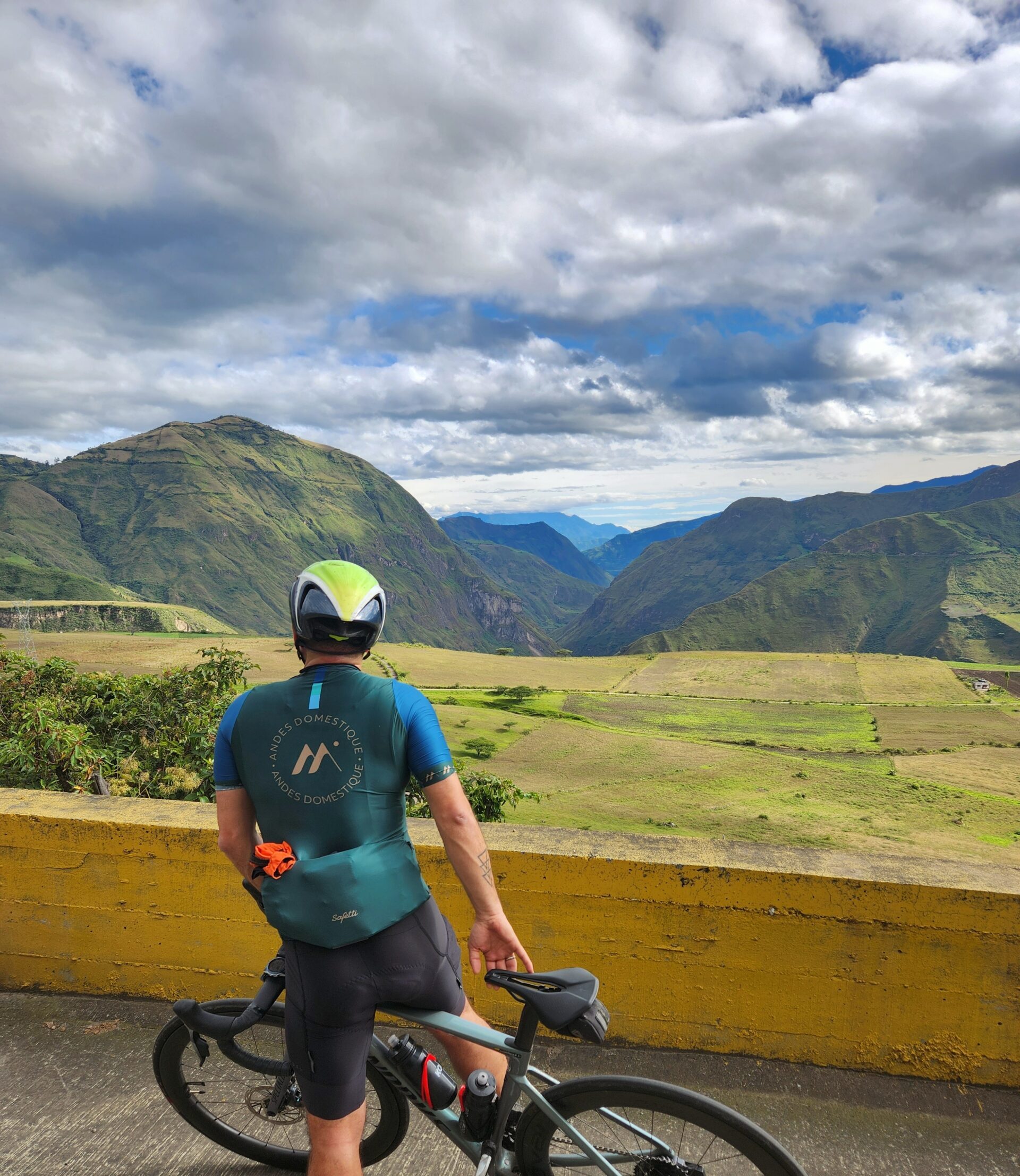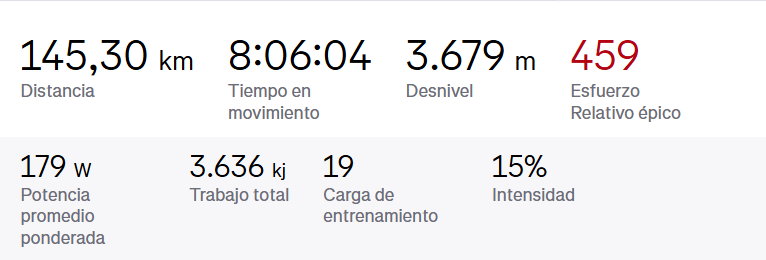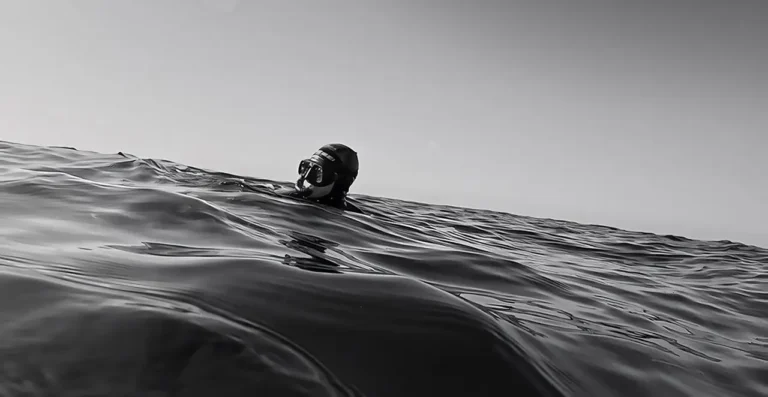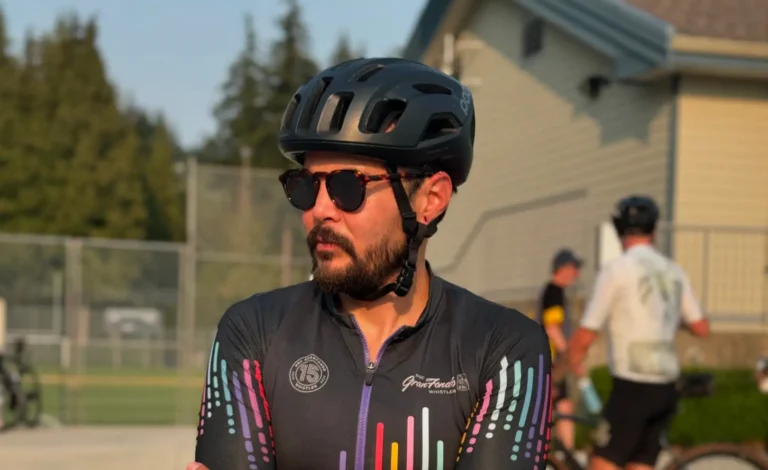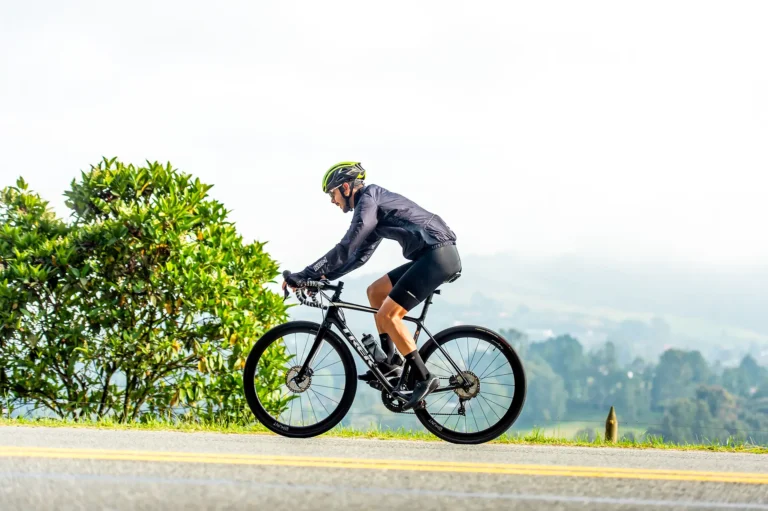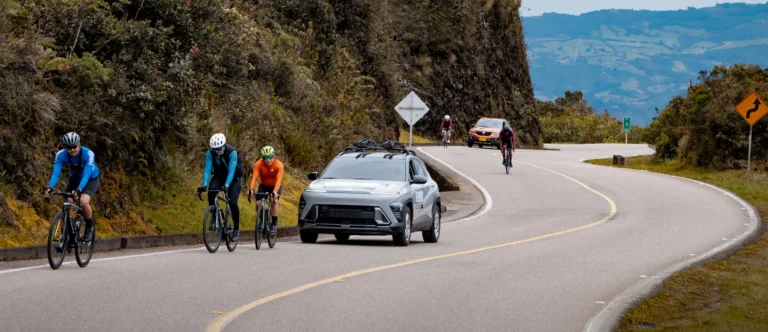Colombia Cycling in Nariño: Epic Andes Route Through Canyons Above 3,000 Meters
Discover an epic cycling route in Nariño: 145 km, 3,600 m of elevation gain, and breathtaking landscapes through Colombia’s canyons and mountains
If you’ve ever wondered what comes after conquering Alto de Letras, this story begins right there. We wanted a different challenge, something that would take us off the familiar roads and reveal another face of Colombia. What started as a few family days turned into discovering Nariño: a land of extreme altitudes, endless canyons, and a profound silence that proves why cycling is the best way to explore.

Credits: Colparques
I had heard that in Nariño, Cauca, and other departments, several of the geographic conditions that shape life in Colombia converge. I list them as I remembered them, with none being more important than the others. The Nudo de los Pastos, where the Andes Mountains, born in Patagonia at the southern tip of Argentina and Chile, split into three branches. The Colombian Massif, cradle of the five most important river arteries of the country: Cauca, Magdalena, Putumayo, and Patía. The volcanic segment of the south, home to giants such as Galeras, Cumbal, Azufral, Doña Juana, Chiles, Sotará, and Puracé.
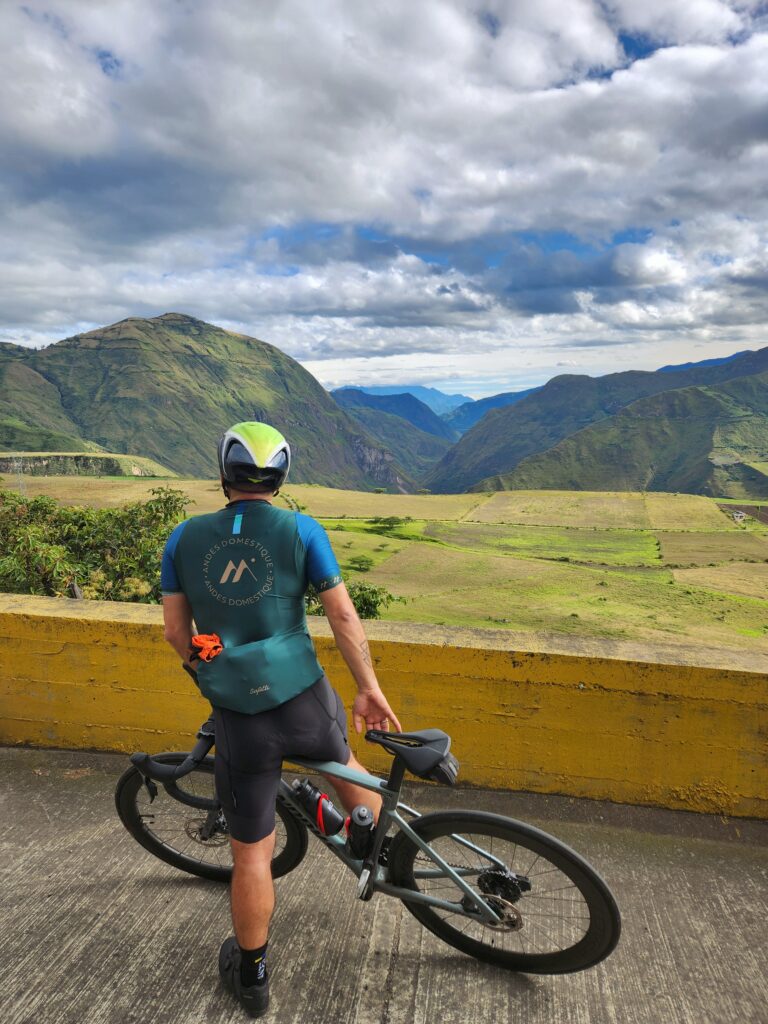
This is a paradise still waiting to be explored. Locals speak of countless routes for both road cycling and MTB, each offering a different way to experience the land. For our journey we chose two rides: one that pushed us into extreme altitude and another that immersed us in nature and the dramatic thermal contrasts of the Andes.
The first route was the most ambitious. The goal was to climb above 3,000 meters three times in a single day, with the lowest point still at 1,785 meters above sea level. Our destination was Túquerres, birthplace of Darwin Atapuma, one of Colombia’s great climbing specialists. We started at six in the morning wrapped in layers to fight the cold. The first ascent was La Coba Negra, a classic training climb in Pasto. From our starting point we rode 16 kilometers at a steady four percent, the perfect effort to shake off the chill of dawn and prepare our legs. We reached the summit at 3,187 meters before launching into a long descent of nearly 23 kilometers, down to the lowest point of the day.
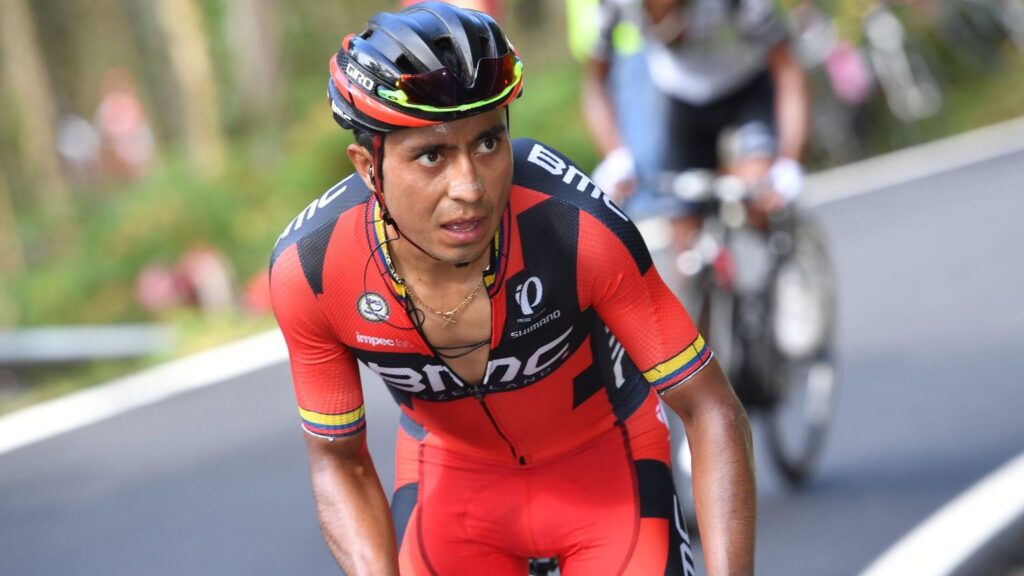
Credits: Sky Sports
The road had two lanes, a wide shoulder, and light traffic, making it one of the safest places I have ever felt while cycling. We reached the village of Pedregal just as the church bells rang for the first mass of the day. With the heat of the canyon rising and the sun already shining, we began the second climb toward 3,000 meters above sea level: twenty eight kilometers at an average of 4.4 percent. The first three kilometers were the most striking of the entire route. The sight of the Guaítara River winding through the depths of an immense canyon was an unforgettable surprise that stayed etched in memory.
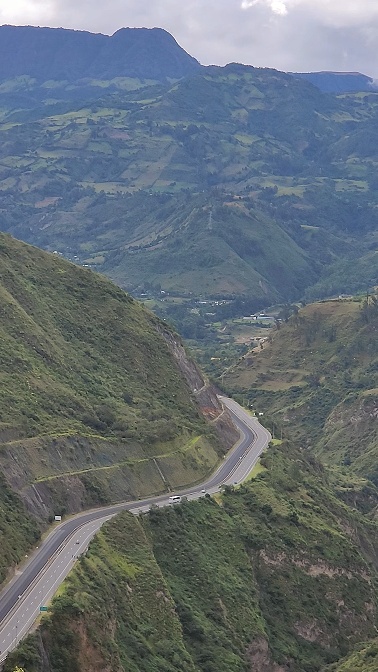
When we arrived in Túquerres we stopped for a second breakfast, a large mug of hot panela water that could not be missed and a refill of our bottles. On paper we still had two or three hours of riding left, but we underestimated the mountain. It became a lesson in humility and in the importance of planning nutrition.
After a descent where the scenery grew more beautiful with every kilometer, the final challenge arrived. If descending from La Coba Negra had felt endless, climbing it back would be a psychological test. Silence took over as each of us focused on finding a rhythm that allowed us to keep moving. With more than one hundred kilometers already in our legs, we now faced the toughest climb of the day: twenty three kilometers at six percent. A thick cloud swept across the pass, forcing us to stop under the rain to put on our rain jackets. This is what we love most about cycling in Colombia, testing how far we can go, pushing past fatigue, one pedal stroke at a time.
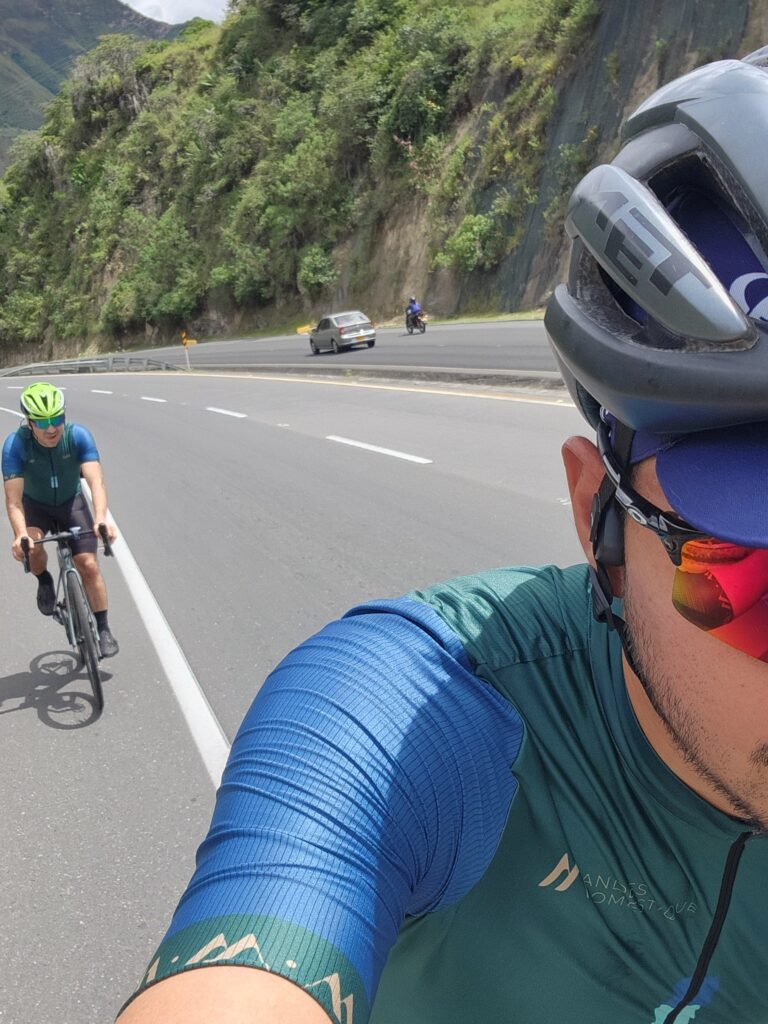
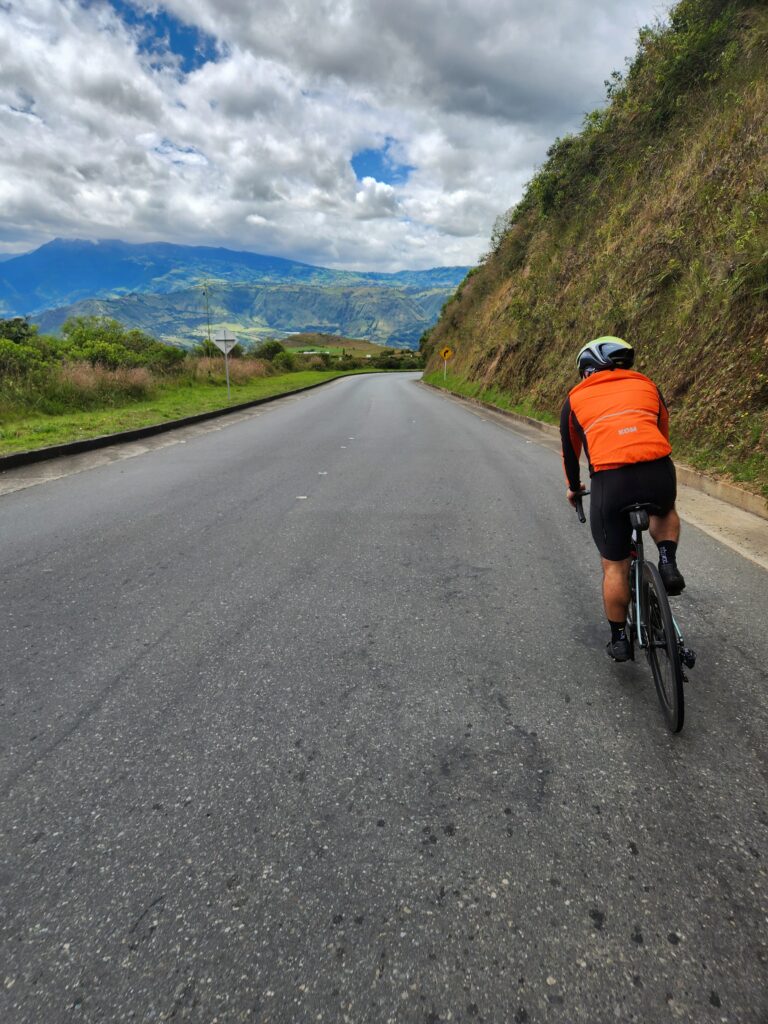
More than two hours later we reached the summit again at 3,187 meters above sea level. Food was the only thing on our minds. We stopped at Lácteos La Victoria and did not just eat, we devoured everything we could find. With full stomachs and happy hearts, we rode the final eighteen kilometers back home. Conversation returned, along with smiles of satisfaction.
In total, the ride was:

This is a route for anyone in search of a true high-altitude challenge, a chance to experience Colombia’s thermal floors, and to be surprised by a different landscape at every turn. If you are looking for new road cycling routes in Colombia, Nariño awaits with colossal mountains, quiet roads, and the certainty that there will always be something new to discover.

